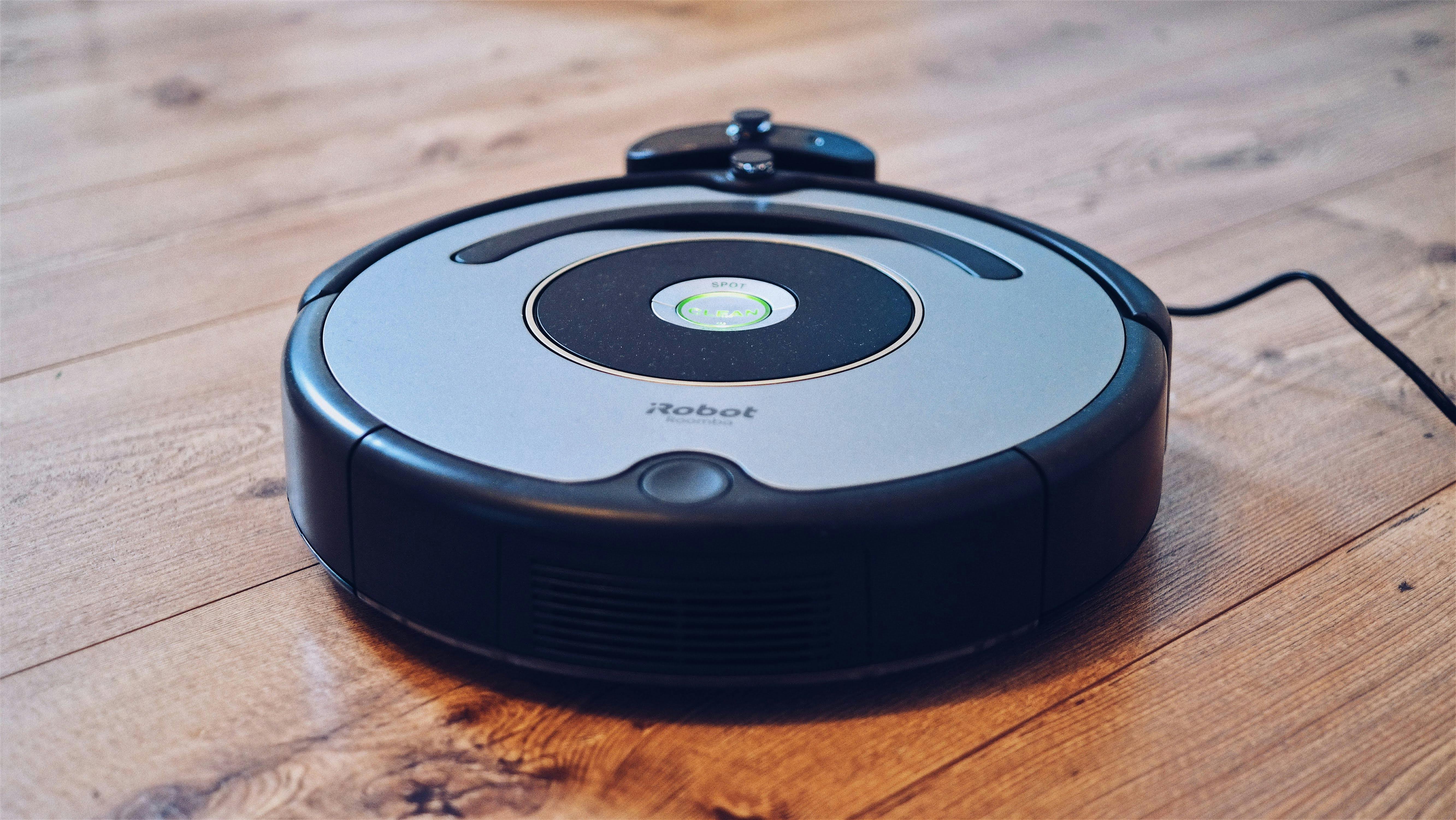
Tips for Setting Up a Special Education Classroom
When it comes to children with special needs, preparing for the classroom can be one of the most important things you can do to make your year a successful one. Many children with special needs, regardless of their diagnosis, have similar things that are difficult for them. Here are many ideas to help the teacher organize and prepare the classroom for the year to begin.
1. Make a visual schedule for students to follow every day.
2. Place tennis balls on the bottom of the chairs to reduce noise in the room.
3. Be very aware of sensory issues. If a child is overwhelmed by sensory input in the classroom, this will distract him and make it impossible for him to concentrate.
4. Tell students when to get off work. Sometimes this can be simply walking up to the student and putting a hand on their back.
5. Use items as visual aids; however, make sure that the visuals are not so crowded that the child is overwhelmed by them.
6. Teach organization. It can be a notebook with all your information in one place.
7. Have open communication with parents so they can move on and there is a consistent way of doing things.
8. Model appropriate behaviors.
9. Many children have memory problems, help them make flashcards so they can find what they are looking for and help them study.
10. Seek and understand success as much as possible.
11. Divide tasks into smaller tasks. Don’t give them a huge task or a list of assignments and expect them to get it done. They are much more successful when they break down.
12. Go for quality over quantity with class work and homework. Be aware that many children with special needs take medication, and remember that the effects of medication wear off at the end of the day. Before assigning a task, is it really necessary?
13. Make consequences logical and reward often. Create a reward system for children to receive positive reinforcement on an ongoing basis.
14. Use privacy boards when things happen in the room.
15. Move the student’s desk to a place where there are fewer distractions. Most of the time it will be next to the teacher, in front or next to a quiet child.
16. Many times it is better to use rows to sit if possible. Group seats are too stimulating for them.
17. Keep a part of the room free of visual stimuli, noise and windows.
18. Wear headphones to play while there is noise or soft music to help block out what is happening in the classroom.
19. Give instructions, write them down, say them and repeat them. Children with special needs need information more than once and in multiple formats.
20. Make sure to make eye contact. Sometimes they are not “able” to pay attention. Reward or compliment them when they make eye contact. This is very difficult for them.
21. Allow escape if a child cannot cope with a problem. Allow them to go to the assigned area in the classroom where they can go and calm down.
See how these tips help you. Please leave me a comment and let me know if they were helpful.
